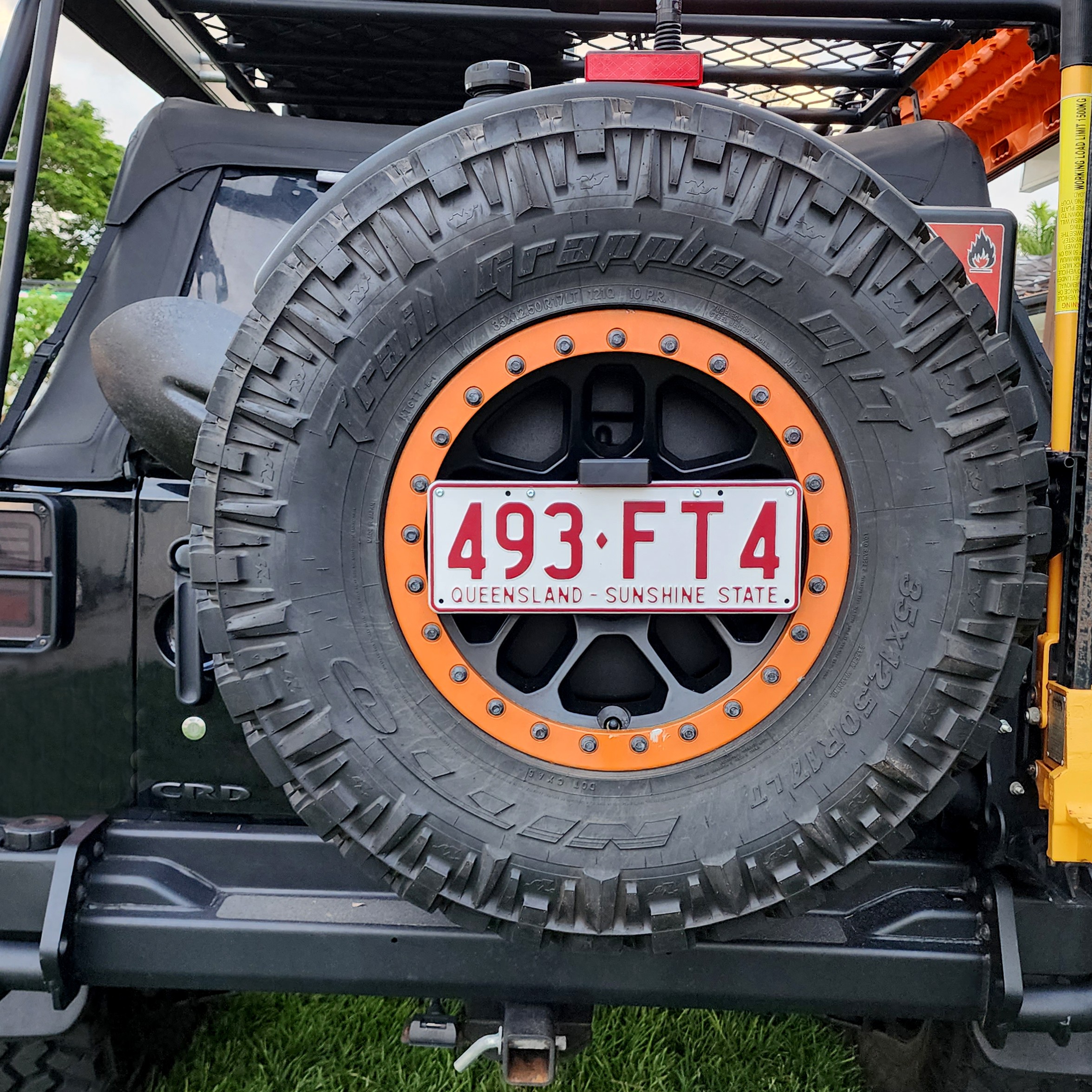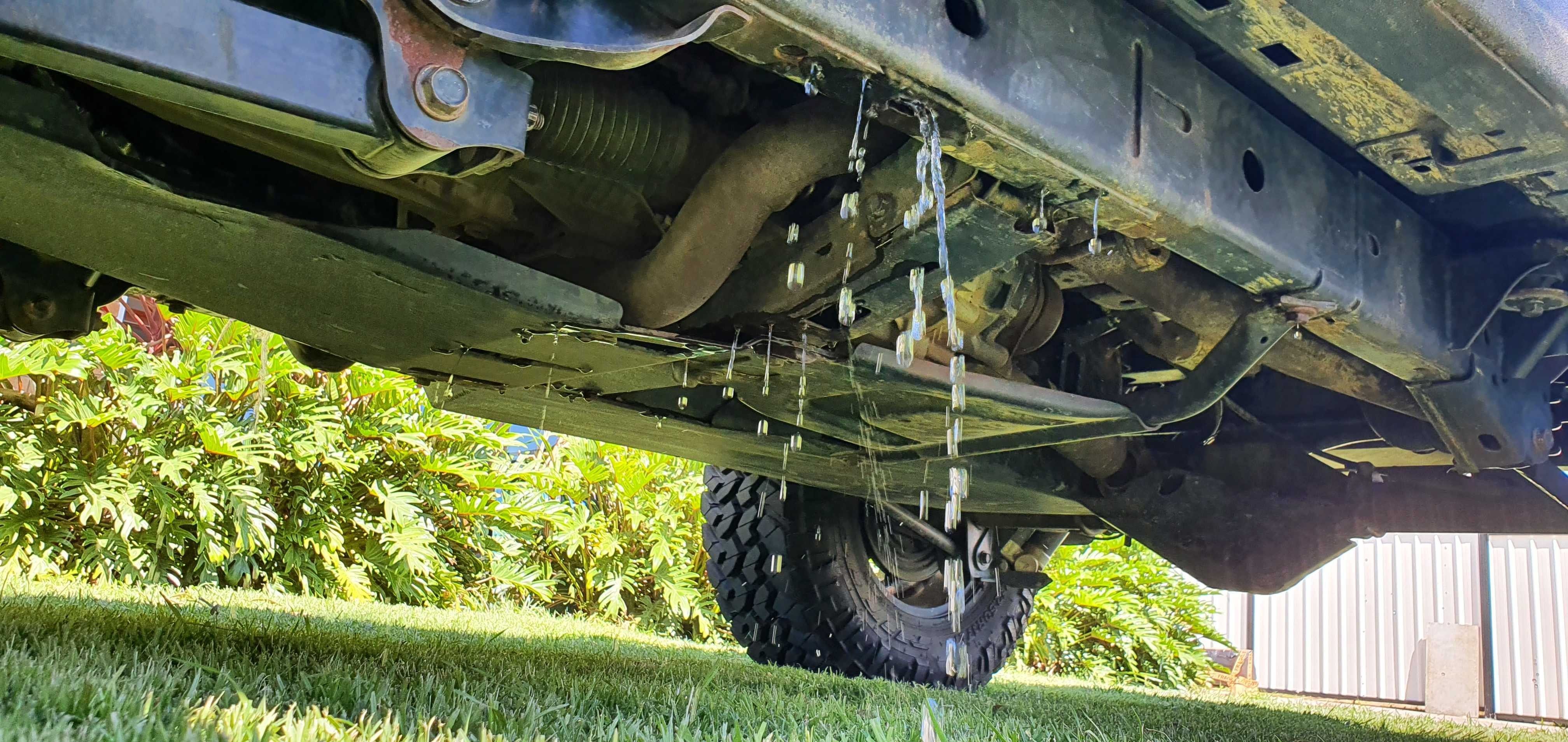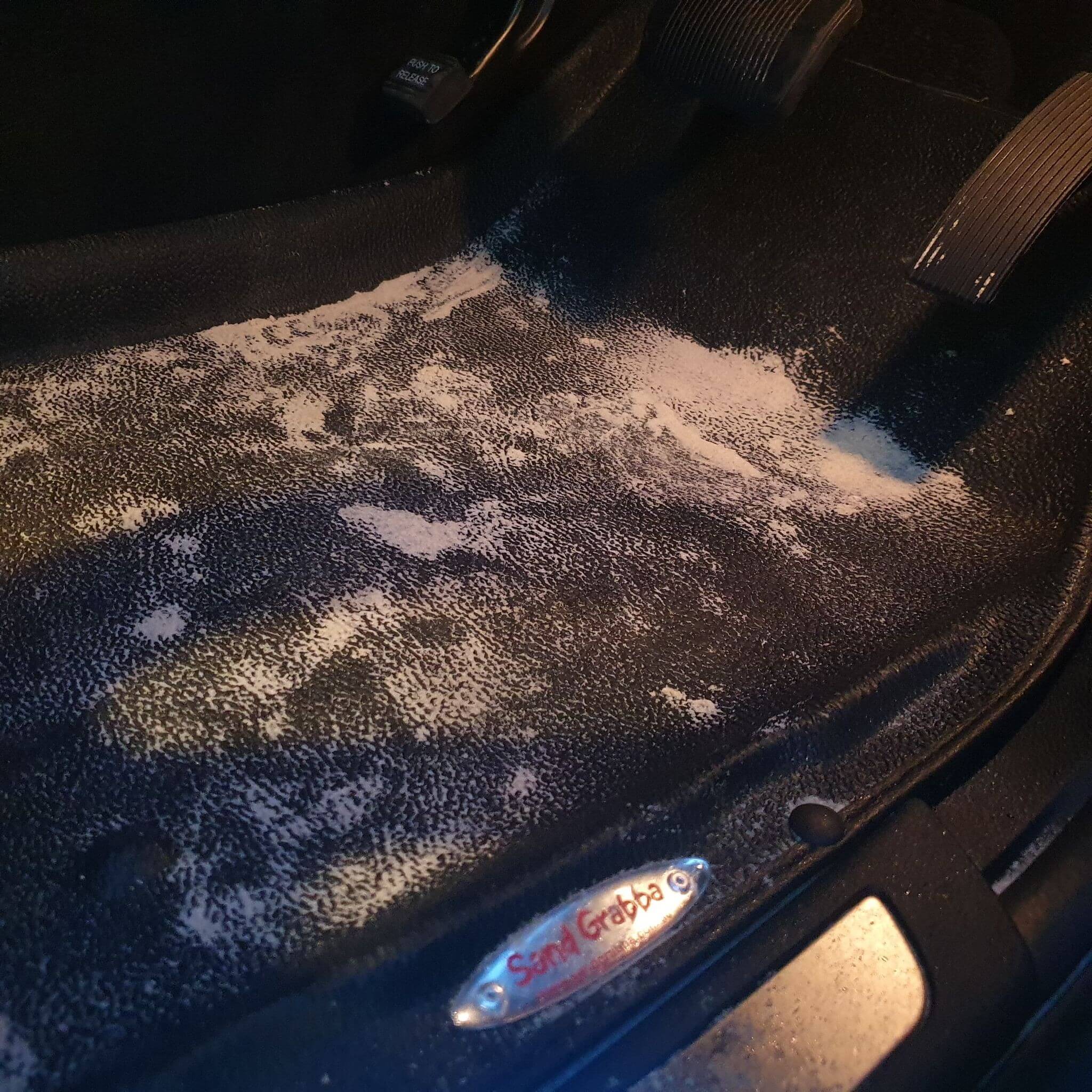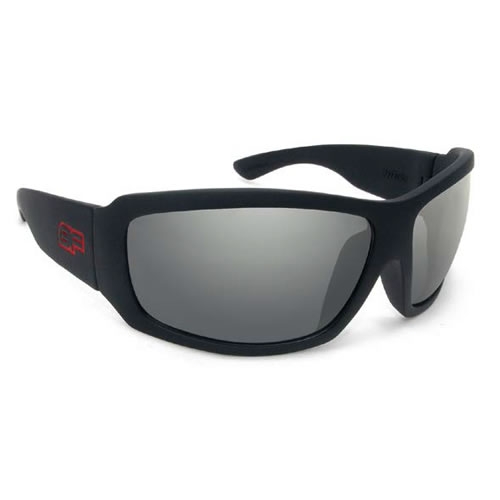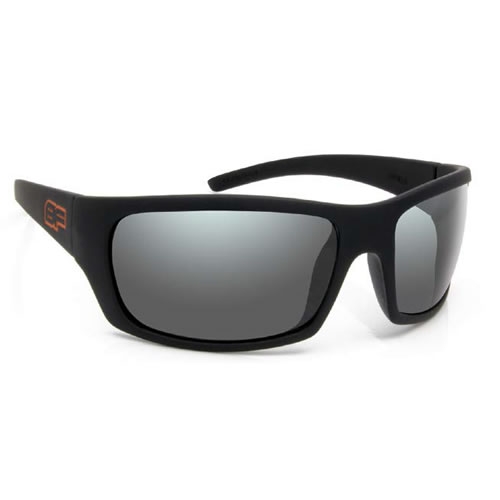Stop With Confidence - Electronic Brake Controllers
If you have a trailer for your 4wd it’s always tempting to load it up. After all you’ve got all that extra space so why not throw in all the luxuries you could want, your favourite armchair and ten cases of VB? It’s not always space you should be worrying about though. Weight’s an issue as well. You need to be careful pulling heavy trailers around, and the law tries to make sure of that – any trailer weighing over 750kg loaded needs to have some sort of brakes fitted. We think brakes on anything over 500kg is a good idea. Your best option for most trailers is electric brakes, and that’s going to mean doing some work on your vehicle too. Here’s how to do it.
If you’re going to be running electric brakes on a trailer you need a controller on your vehicle. This hooks into the electrics of the vehicle’s own braking system, and every time you hit the pedal it sends a signal through the trailer socket that activates the brakes. The good news is they’re not too hard to install. Of course before installing a controller you need to choose one. If you’re not an expert it’s a good idea to get some professional advice on what model suits your vehicle and your trailer’s weight and number of wheels. Once you’ve done that and the box of bits has arrived you can get on with the fun part.
First find a location for the head unit. You’ll want this where you can easily reach it if you need to activate the override. Obviously you don’t want it interfering with anything else.
Now you have some wiring to do. Get a load of 4mm twin core cable and some flexible conduit to protect your new cabling and keep it all neat. There are four wires coming out the back of your controller and they need to be connected to a load of different places. Start by threading two lengths of cable through the firewall and route one of them to the battery. Follow the existing wiring to keep away from any hot spots or moving parts. Solder a fuse holder and ring terminal to the red wire and a ring terminal to the black one. These will connect to the battery – red on positive and black on negative. Don’t put a fuse in the holder until you’ve finished the whole job. Inside the cab, connect the black wire from the controller to the red one in the cable and the white one to the red one. Yes, this is confusing.
Now connect the red and blue wires from the controller to the other length of cable and run it back to the rear of your vehicle. The blue one needs to be connected to the service brake pin on your trailer socket. This might say SERV BK on it or it might just be numbered – it’ll be number 5. The red wire has to pick up a brake activation signal, so connect it to your brake lights then to the brake light pin in the trailer socket. That’s pin number 6.
Before you start, read the instructions that came with your controller carefully just in case that specific model has any differences in installation. When you’re working go slowly, test every stage with a multimeter and keep things as neat as you can. Finally, once you’re done drive carefully to a quiet stretch of road and test your trailer’s new brake system. If you find yourself getting confused at any stage just ask for advice – either a mate that’s good with vehicle electrics or a professional. If you read up on it before you start the chances are you won’t need any help though.

